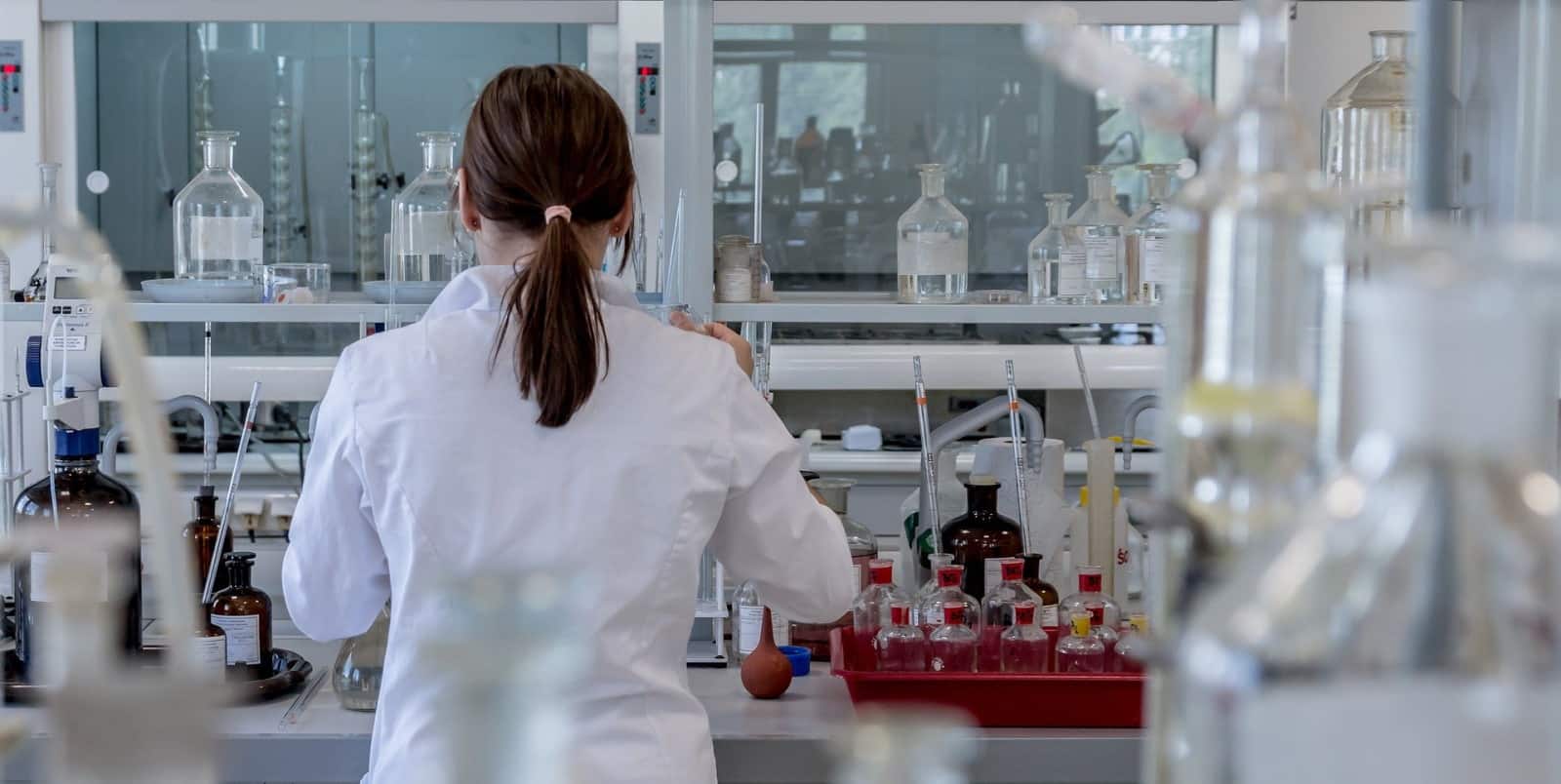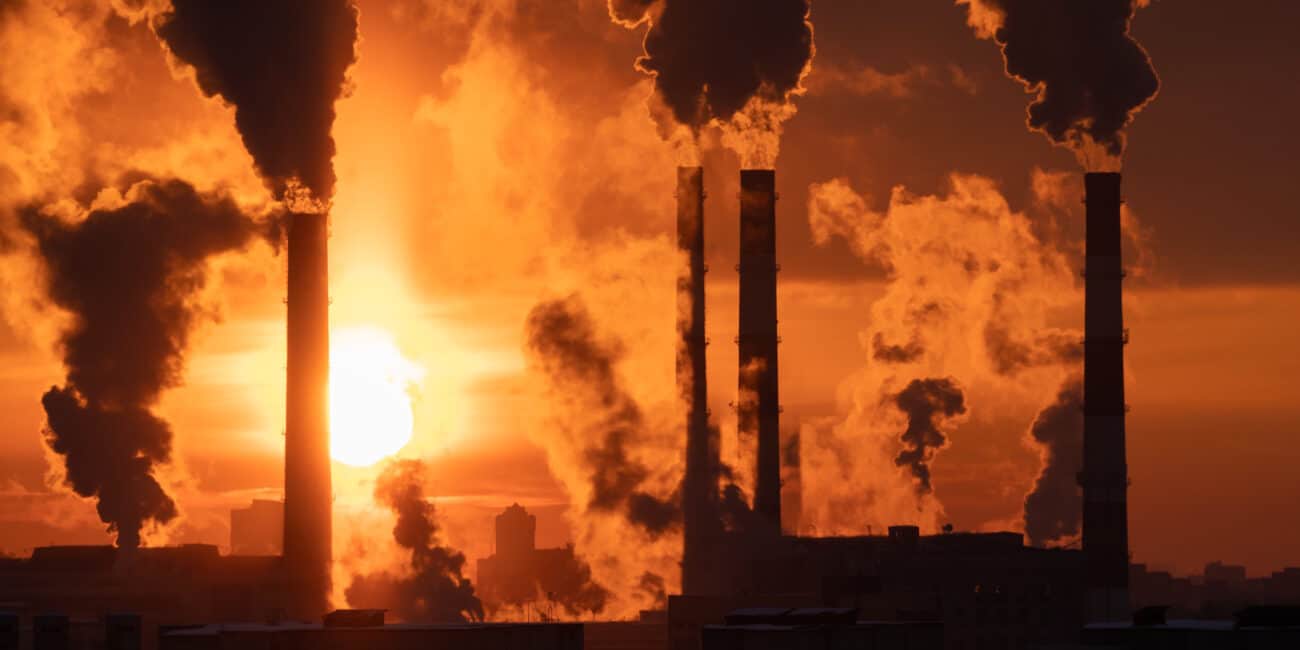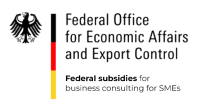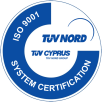REACH Regulation - Obligations
Our last article discussed the basics of the REACH regulation. In this article, I will tell you more about your responsibilities as an Amazon seller and what consequences can result if you do not follow the guidelines of the REACH regulations. Additionally, I will show you the techniques used to detect toxic products.
Article 33 of the REACH regulation
In the last article, you learned about the information and notification obligations and the threshold values for when these obligations take effect. Today I would like to discuss Article 33 of the REACH Regulation. This article says that every supplier of an article must inform if SVHC content in the article exceeds 0.1%.
It is possible to provide this information on paper or electronically. Attention: Publishing this information only on your website is not sufficient in most cases! The information must be passed from actor to actor throughout the supply chain, regardless of whether a customer requests it
If one of the SVHC contained is on the candidate list, a consumer has the right to request more information about it. You must then provide the consumer with at least the name of the substance in question within 45 days.
Declaration of conformity vs. conformity assessment
Suppose you want to sell your products via Amazon. In that case, Amazon naturally wants to ensure that these products are safe and do not cause any harm to customers. Therefore, Amazon requires a so-called “REACH Declaration of Conformity“. You can think of this as a binding statement that your products are chemically and toxicologically safe and ensure this for the product components you use.
This declaration is a legally binding statement, which is why it may only be made under certain conditions. For this, you must be the initial distributor, i.e. either an EU manufacturer or an EU importer and must have positive (and basically provable) knowledge that your product does not contain substances of very high concern.
REACH declarations of conformity are not the same as real conformity declarations, preceded by a complete conformity assessment process! It is required, for example, if you need a CE mark.
Annex XVII - Prohibited and restricted substances
Annex XVII of the REACH Regulation deals with banned or restricted substances. These substances have severe and dangerous properties. For example, they are carcinogenic or can cause severe damage to the environment.
Annex XVII contains a table with the name of the substance and the associated restriction conditions. Some substances, such as asbestos, are entirely prohibited from being manufactured and used. However, other substances are subject to strict conditions. Furthermore, the annex is regularly expanded with new entries, so it is essential to stay up-to-date on it so you do not risk violating the restrictions. Once a substance is listed in this annex, it may only be used with a decision positive authorization and an application for authorization.
If one violates these restrictions and prohibitions, then these are usually criminal offenses. However, if the restriction contains information, labeling, or packaging requirements, we are talking about a misdemeanor when it is violated. In any case, it can be said that a violation of the limits from Annex XVII is by no means to be taken lightly.
"Ignorance does not protect from punishment"
This is especially important in relation to the REACH regulation. You are obliged to inform yourself about the ingredients of the products you sell. If you do not do this and an undeclared candidate substance is found in one of your products at too high a concentration, this can have unpleasant consequences. Moreover, you are liable, since you also distributed the product.

Violations of the REACH regulations can have varying consequences based on the country’s laws where your business is located. Among other things, these consequences include
- a recall of the product,
- a market ban or
- fines.
The cost of a recall is exceptionally high, as it can permanently damage a brand’s reputation.
How to find toxic products?
To detect toxic products, Customs uses X-ray fluorescence analysis with the help of a so-called XRF scanner. Simply put, a sample is stimulated with primary X-rays to emit radiation itself. This radiation enables conclusions to be drawn about the substances contained in the sample and, in some cases, about the quantity of these substances in the product.
Independent laboratory analyses are also often carried out by organizations such as Oekotest, Stiftung Warentest or NGOs like PETA and Greenpeace. Products from a specific group, such as rain jackets or cosmetics, are randomly checked for substances of concern.

Since these test results are also published afterward, it can be very unpleasant and damaging to sales if your product suddenly turns out to be harmful. In addition, such tests can also have legal consequences if official bodies are concerned with the safety of your product.
How can we support you?
It can pay off to have a trustworthy and competent partner on your side who keeps up with constantly changing guidelines, rules, and limits and can give you legal advice.
At Tradavo, we take care of this extensive package of complex tasks for you. With the help of our partner laboratories, we ensure that you receive a safe and reliable analysis of your product. If there are any gaps in conformity, we make sure that they are closed. You receive a declaration of conformity from us that is ready to be signed. This way, you can ensure that your product does not contain any hazardous substances, and you can sell it without uncertainty and fear of possible consequences.
You need assistance?
Who wrote this article?
As an author, Christina fills the blog section of our website with exciting and informative articles, so that our readers can always take care of product compliance in their company in the most well-informed way.
- Christinahttps://compliance.tradavo.eu/en/author/epywxge/
- Christinahttps://compliance.tradavo.eu/en/author/epywxge/
- Christinahttps://compliance.tradavo.eu/en/author/epywxge/
- Christinahttps://compliance.tradavo.eu/en/author/epywxge/







